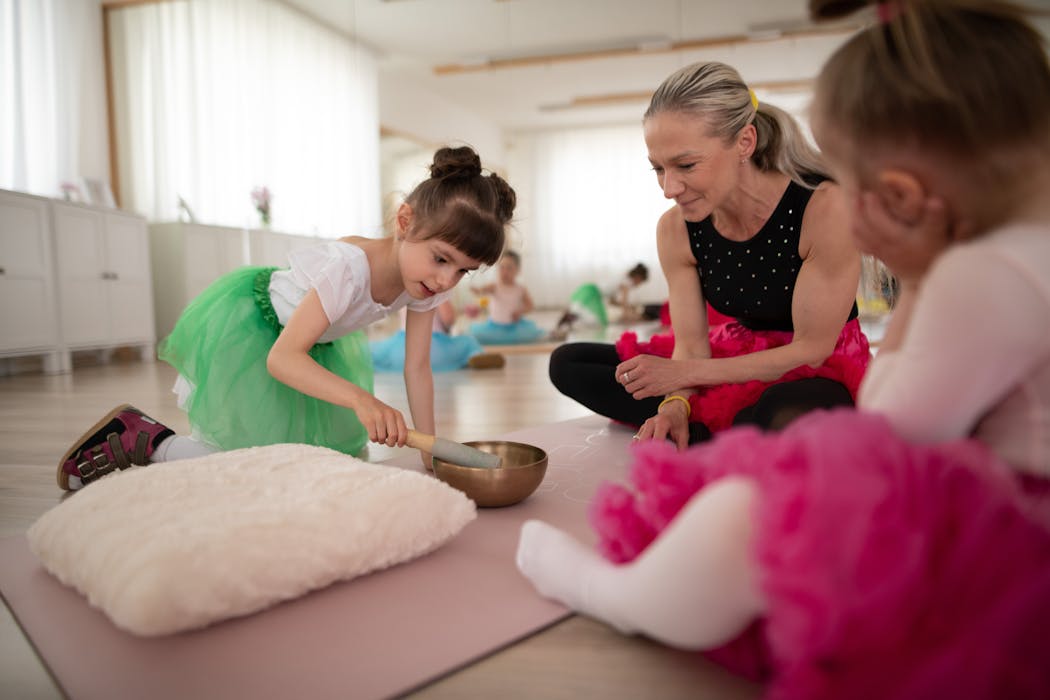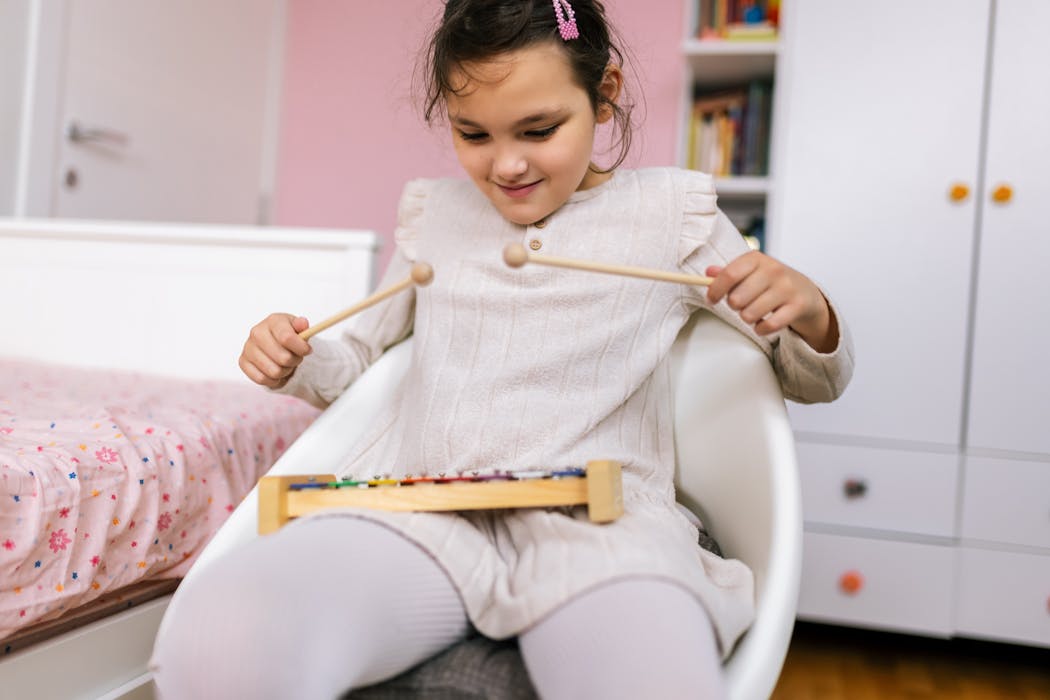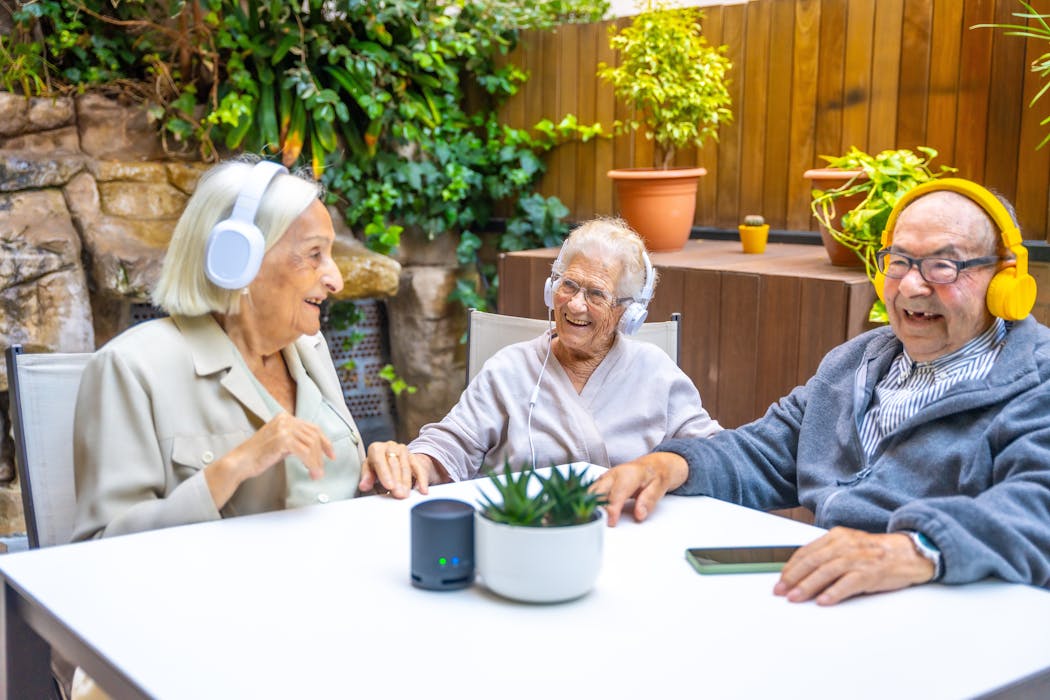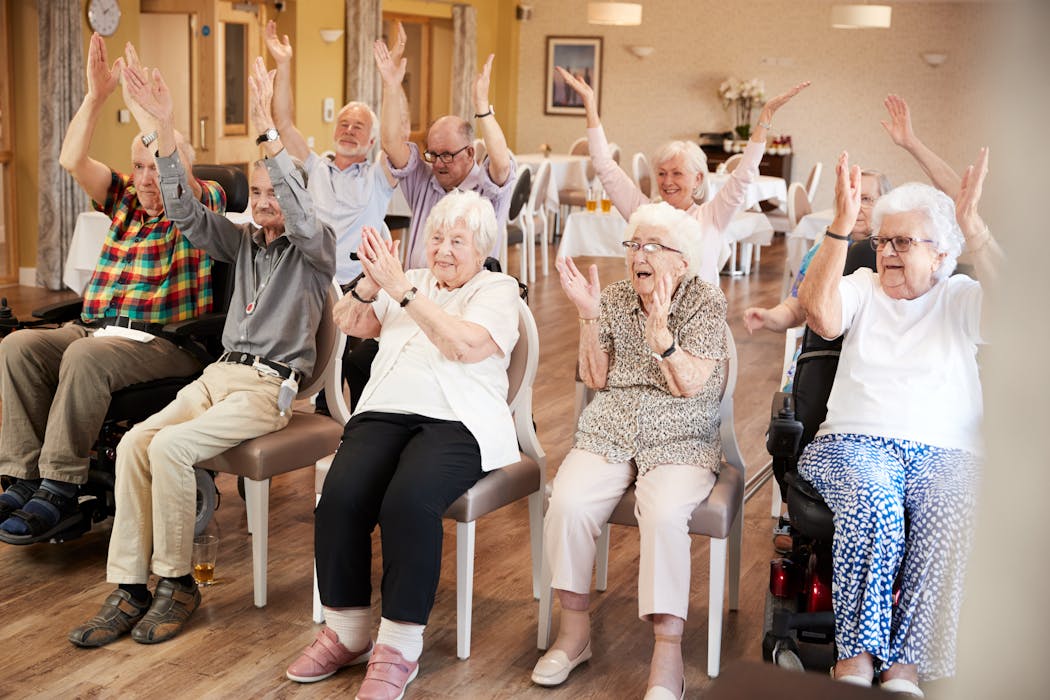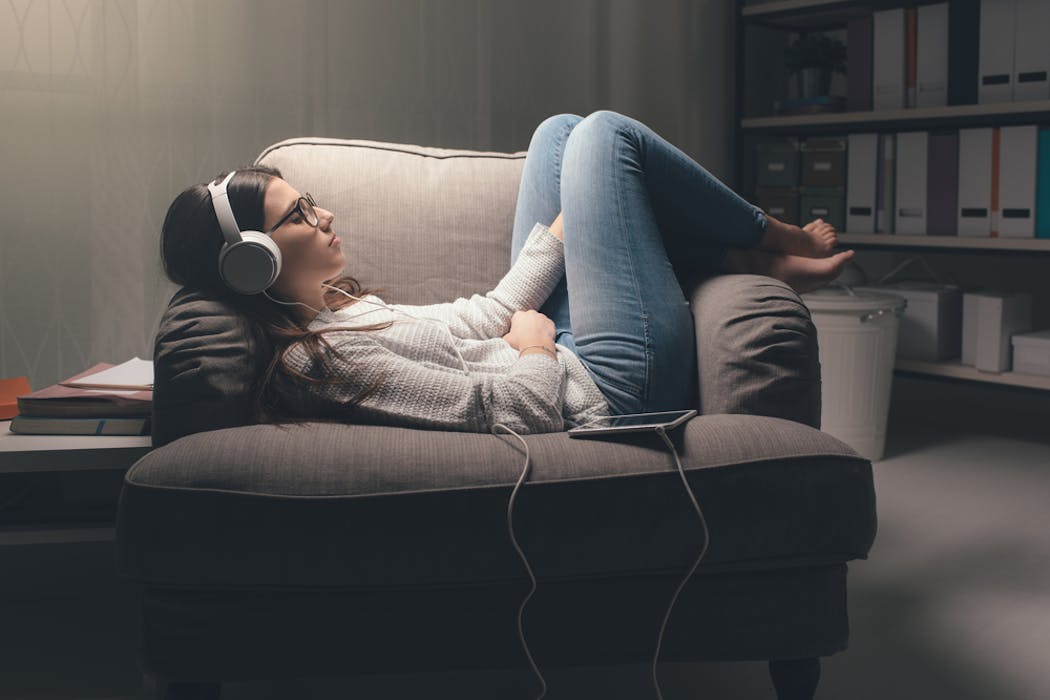Introduction: The Importance of Addressing Mental Health in Older Australians
Mental health is a crucial aspect of overall health and wellbeing, and this is especially true for older adults. As individuals age, they may face a variety of challenges that can impact their mental health, such as chronic health conditions, loss of loved ones, and social isolation. Unfortunately, mental health issues in older Australians are often overlooked or dismissed as a normal part of aging. This can have serious consequences, as untreated mental health issues can lead to a decline in physical health, cognitive function, and overall quality of life.
Arts therapy is a promising approach to addressing mental health issues in older adults. It is a form of therapy that uses creative expression to promote healing and wellbeing. By engaging in various forms of art, such as painting, music, dance, and drama, individuals can explore and express their emotions, thoughts, and experiences. Arts therapy has been shown to be effective in improving mental health outcomes in older adults, reducing symptoms of depression, anxiety, and other mental health issues, and improving social connections and overall quality of life.
Understanding the Stigma Surrounding Mental Health in Older Adults
Mental health issues are often stigmatized and misunderstood, particularly in older adults. There is a common misconception that mental health problems are a normal part of aging and that nothing can be done to help. This stigma can prevent older adults from seeking help and accessing appropriate treatment. They may feel ashamed or embarrassed about their mental health issues and fear being judged or labeled as “crazy” or “weak.”
The stigma surrounding mental health in older adults can also be perpetuated by ageism, which is the discrimination and stereotyping of individuals based on their age. Older adults may be seen as less capable or deserving of care and support, leading to a lack of resources and services for their mental health needs. This can further isolate and marginalize older adults, making it even more difficult for them to seek help.
What is Arts Therapy and How Does it Work?
Arts therapy is a form of therapy that uses creative expression to promote healing and wellbeing. It can involve various forms of art, such as painting, music, dance, and drama. The goal of arts therapy is to provide individuals with a safe and supportive environment to explore and express their emotions, thoughts, and experiences.
In arts therapy, the process of creating art is just as important as the final product. It is not about creating a masterpiece, but rather about using art as a tool for self-expression and self-discovery. Through the act of creating art, individuals can tap into their subconscious and access emotions and memories that may be difficult to express verbally. This can be particularly beneficial for older adults who may have difficulty articulating their feelings or who may have experienced trauma or loss.
The Benefits of Arts Therapy for Older Adults with Mental Health Issues
Arts therapy has been shown to be effective in improving mental health outcomes in older adults. Numerous studies have demonstrated its positive impact on symptoms of depression, anxiety, and other mental health issues. By engaging in creative expression, individuals can release pent-up emotions, gain a sense of control and mastery, and develop coping skills to manage their mental health.
In addition to improving mental health, arts therapy can also have a positive impact on social connections and overall quality of life. Group-based arts therapy programs provide opportunities for older adults to connect with others who may be experiencing similar challenges. This sense of community and support can help combat feelings of loneliness and isolation, which are common among older adults. Arts therapy can also provide a sense of purpose and meaning, as individuals engage in activities that bring them joy and fulfillment.
Case Studies: Real-Life Examples of Arts Therapy in Action
There are numerous examples of successful arts therapy programs for older adults with mental health issues. One such program is the “Creative Aging” initiative, which was implemented in a residential aged care facility in Australia. The program involved weekly art therapy sessions for residents, where they were encouraged to explore their creativity and express themselves through various art forms. The program resulted in improved mental health outcomes for participants, including reduced symptoms of depression and anxiety, increased self-esteem, and enhanced social connections.
Another example is the “Music and Memory” program, which uses personalized music playlists to improve the wellbeing of older adults with dementia. The program involves creating individualized playlists for residents based on their personal preferences and memories. Listening to familiar music has been shown to reduce agitation and improve mood and cognitive function in individuals with dementia. The program has been implemented in various aged care facilities and has had a significant positive impact on the mental health and quality of life of participants.
The Role of Arts Therapy in Breaking Down Stigmas and Stereotypes
Arts therapy can play a crucial role in breaking down stigmas and stereotypes surrounding mental health in older adults. By providing a safe and supportive environment for individuals to express themselves, arts therapy challenges negative stereotypes and promotes understanding of mental health issues. Through the creative process, individuals can share their experiences and emotions in a non-threatening way, helping to reduce the fear and misunderstanding often associated with mental health.
Arts therapy can also help combat ageism by highlighting the unique strengths and abilities of older adults. By engaging in creative expression, older adults can demonstrate their creativity, resilience, and capacity for growth and change. This can challenge the perception that older adults are helpless or incapable, and instead promote a more positive and inclusive view of aging.
Overcoming Barriers to Accessing Arts Therapy for Older Australians
While arts therapy has shown great promise in improving mental health outcomes in older adults, there are still barriers to accessing these services. One of the main barriers is cost, as arts therapy can be expensive and may not be covered by insurance. Many older adults may not have the financial means to pay for private arts therapy sessions, making it difficult for them to access these services.
Another barrier is availability, as arts therapy programs may not be widely available or accessible to older adults, particularly those in rural or remote areas. There may be a lack of trained arts therapists in certain regions, making it difficult for older adults to access these services. Additionally, there may be a lack of awareness and understanding among healthcare providers and community organizations about the benefits of arts therapy for older adults, further limiting access to these services.
To overcome these barriers, it is important to increase funding and resources for arts therapy programs targeted at older adults. This can help make these services more affordable and accessible to those who need them. It is also important to raise awareness and educate healthcare providers, community organizations, and the general public about the benefits of arts therapy for older adults. By promoting understanding and advocating for the inclusion of arts therapy in healthcare and aged care settings, we can help ensure that older Australians have access to the mental health support they need.
The Future of Arts Therapy: Innovations and New Approaches
The field of arts therapy is constantly evolving and adapting to meet the needs of older adults. One area of innovation is the use of digital and virtual therapies. With advancements in technology, it is now possible to engage in arts therapy remotely, using video conferencing platforms and online tools. This can be particularly beneficial for older adults who may have mobility issues or who live in remote areas. Digital and virtual therapies can help increase access to arts therapy and reach a wider audience of older adults.
Another area of innovation is the integration of arts therapy into other healthcare and aged care settings. By incorporating arts therapy into existing programs and services, such as residential aged care facilities and community health centers, we can ensure that older adults have access to these services where they are most needed. This integration can also help reduce the stigma surrounding mental health by normalizing the use of arts therapy as a form of treatment and support.
Collaborations and Partnerships: Working Together to Promote Mental Health
Promoting mental health and wellbeing in older adults requires collaboration between healthcare providers, arts organizations, and community groups. By working together, these stakeholders can pool their resources and expertise to develop and implement effective arts therapy programs for older Australians. For example, healthcare providers can partner with local arts organizations to offer arts therapy programs in aged care facilities or community centers. Community groups can also play a role in raising awareness and advocating for the inclusion of arts therapy in healthcare and aged care settings.
Successful partnerships have already been established in various communities around Australia. For example, the “Arts on Prescription” program in Victoria brings together healthcare providers, arts organizations, and community groups to provide arts therapy programs for individuals with mental health issues. The program has been highly successful in improving mental health outcomes and reducing the stigma surrounding mental health.
Conclusion: The Power of Arts Therapy in Changing the Conversation on Mental Health
Arts therapy has the potential to transform the way we think about and address mental health issues in older adults. By promoting understanding, breaking down stigmas, and providing effective treatment, arts therapy can help improve the lives of older Australians. It provides a creative and non-threatening way for individuals to explore and express their emotions, thoughts, and experiences. Through the act of creating art, individuals can find healing, meaning, and connection. By investing in arts therapy programs and promoting collaboration between healthcare providers, arts organizations, and community groups, we can ensure that older adults have access to the mental health support they need and deserve.
Find out how Torongo Therapyplus can help you with your needs. Get in touch with us at smile@torongo.life, or call us on 02 8809 9965.


















